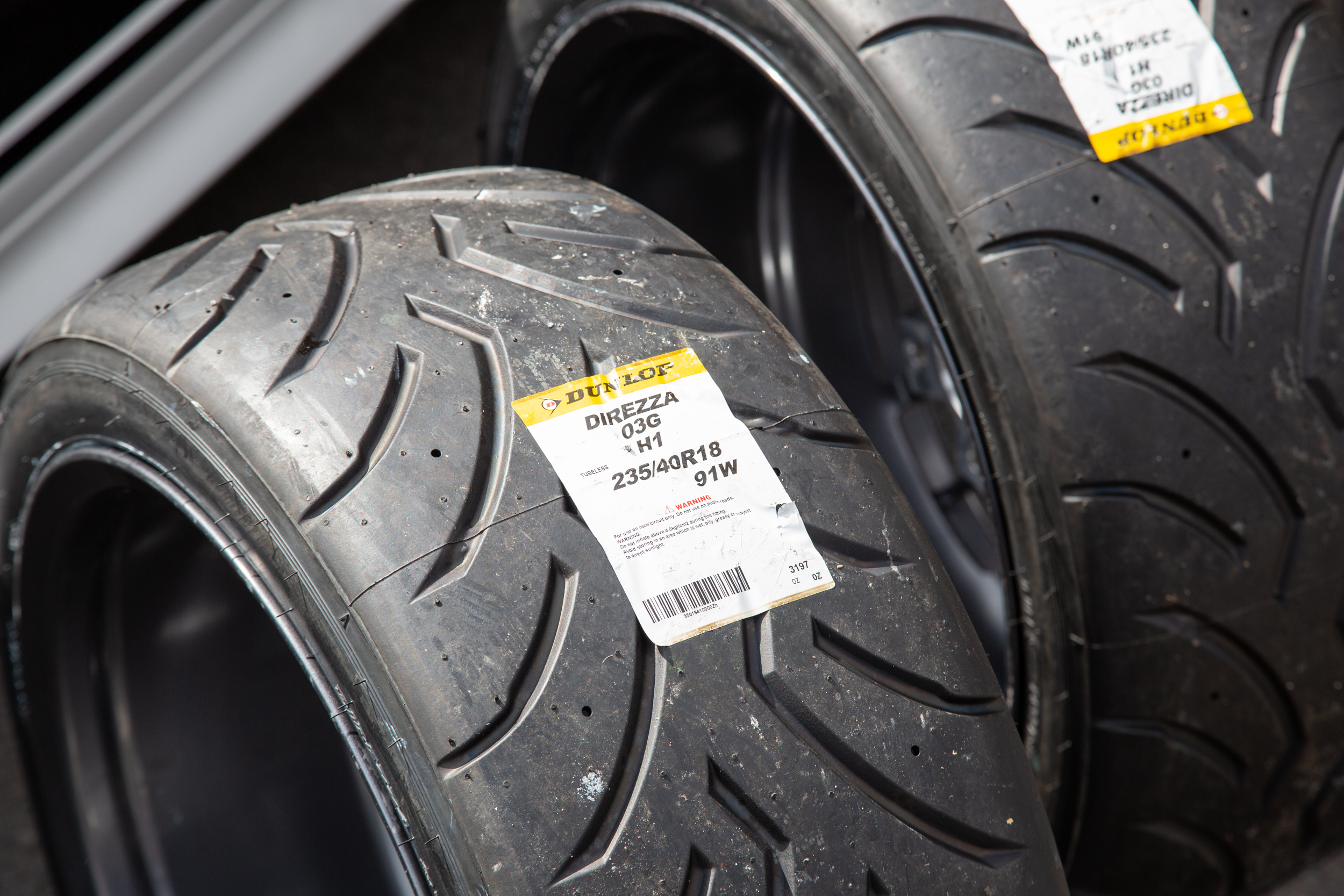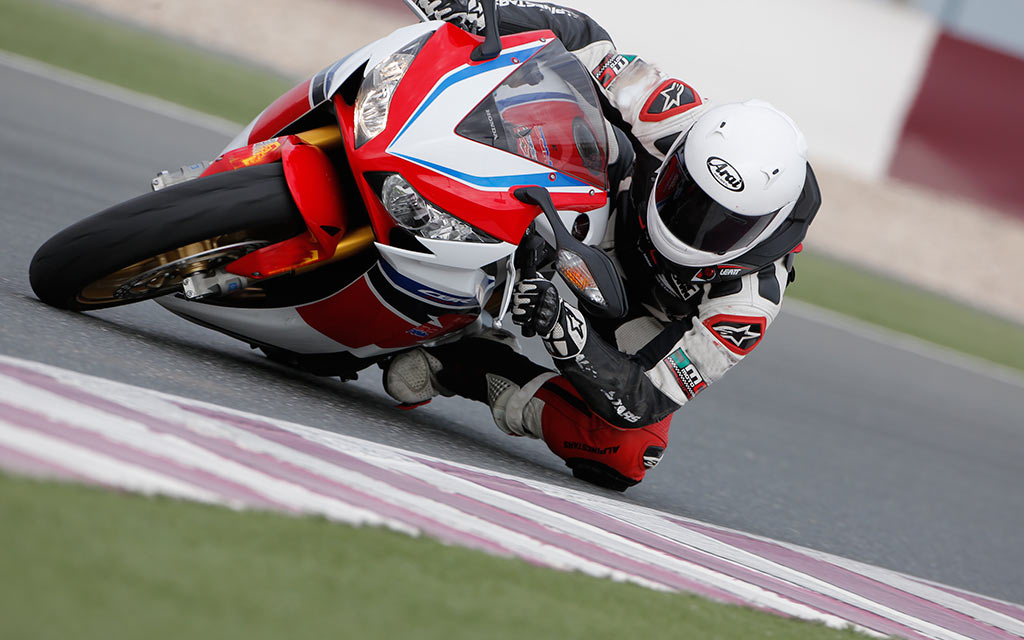All Categories
Featured
Table of Contents
I was able to get 100 hours out of one of these tires, and while it had definitely no tire lugs left on it, the soft substance made it function really wellas long as I was making use of a soft mousse. Kitt Stringer photo Easy installing - 3Wear - 3Sidewall stamina - 3Performance on origins - 4Performance on damp rocks - 2Traction on dust - 5Cornering capability - 4Traction while braking - 4Self-clearing of dirt and mud - 3Performance in mud - 3Overall predictability or monitoring - 3 _ 37 Verdict: This is a good well-rounded tire with excellent value for money.
The wear was constant and I such as exactly how long it lasted and how regular the feeling was throughout use. This would certainly also be a good tire for faster races as the lug size and spacing little bit in well on rapid surface. Kitt Stringer photo Easy placing - 3Wear - 3Sidewall strength - 3Performance on origins - 4Performance on damp rocks - 4Traction on dust - 4Cornering capability - 4Traction while braking - 5Self-clearing of dirt and mud - 4Performance in mud - 4Overall predictability or monitoring - 4_42 Verdict: I liked this tire a whole lot.
If I needed to buy a tire for tough enduro, this would be in my top selection. Easy placing - 3Wear - 3Sidewall stamina - 3Performance on roots - 4Performance on wet rocks - 3Traction on dust - 4Cornering capacity - 3Traction while stopping - 3Self-clearing of dirt and mud - 4Performance in mud - 4Overall predictability or monitoring - 3 _ 34 Final thought: This tire was very soft and pliable.
All the gummy tires I checked executed rather close for the initial 10 hours or two, with the winners mosting likely to the softer tires that had much better traction on rocks (Long-lasting tyres). Purchasing a gummy tire will definitely provide you a strong benefit over a normal soft compound tire, yet you do spend for that benefit with quicker wear
Honest Vehicle Tyres – Bennett Springs WA
Ideal worth for the cyclist who wants respectable performance while obtaining a reasonable amount of life. Ideal hook-up in the dirt. This is a suitable tire for springtime and autumn conditions where the dust is soft with some moisture still in it. These tried and tested race tires are wonderful all around, however put on rapidly.
My general champion for a tough enduro tire. If I had to invest money on a tire for daily training and riding, I would certainly select this set.
Tyre Replacement
I've been running a collection of Michelin Power Pilot 2CT's on my track Daytona 675 for the previous year. In that time I have actually done 15 track days in all weather conditions from chilly wet to incredibly hot and these tires have actually never missed a beat. Tyre checks. I've done virtually 2,000 miles (3,200 kilometres) on them and as you can see from this shot of the front taken after very first session of my 15th track day on them, they still have fairly a great deal of rubber left on them
Basically the 2CT is a remarkable track day tyre. If you're the type of cyclist that is likely to experience both damp and completely dry problems and is starting on the right track days as I was in 2014, then I think you'll be tough pushed to discover a better value for money and skilled tyre than the 2CT; a pair of which will establish you back around 185 (US$ 300) in the UK.
Developing a much better all round road/track tyre than the 2CT need to have been a hard job for Michelin. The outcome of that effort is the Michelin Pilot Power 3 which essentially changes the Pure. Do not puzzle this new tire with the road going Pilot Roadway 3 which is not designed for track use (although some cyclists do).
When the Pilot Power 3 released, Michelin recommended it as a 50:50% road: track tyre. All the biker reports that I've checked out for the tyre rate it as a far better tyre than the 2CT in all locations but specifically in the wet.
Tyre Upgrades Near Me (Bennett Springs WA)
Technically there are rather a few distinctions in between both tyres although both make use of a twin substance. Visually you can see that the 2CT has fewer grooves reduced into the tire however that the grooves run to the edge of the tire. The Pilot Power 3 has even more grooves for far better water dispersal yet these grooves do not reach the shoulder of the tyre.
One element of the Pilot Power 3 which is different to the 2CT is the brand-new 2CT+ modern technology which prolongs the harder middle area under the softer shoulders (on the back tyre). This must offer extra stability and decrease any kind of "agonize" when increasing out of corners in spite of the lighter weight and even more flexible nature of this brand-new tire.

Although I was somewhat dubious concerning these lower pressures, it turned out that they were fine and the tires executed really well on course, and the rubber looked much better for it at the end of the day. Equally as a point of referral, various other (rapid team) cyclists running Metzeler Racetecs were making use of tyre pressures around 22-24 psi for the back and 24-27 psi on the front.
Generating a better all round road/track tyre than the 2CT have to have been a difficult task for Michelin. The outcome of that effort is the Michelin Pilot Power 3 which basically changes the Pure. Don't puzzle this brand-new tyre with the roadway going Pilot Roadway 3 which is not designed for track usage (although some bikers do).
Cost-effective Car Tyres (Bennett Springs 6063 WA)
When the Pilot Power 3 launched, Michelin suggested it as a 50:50% roadway: track tyre. All the biker reports that I've checked out for the tyre rate it as a far better tire than the 2CT in all areas yet specifically in the wet.

Technically there are rather a couple of differences in between the 2 tires despite the fact that both make use of a dual compound. Aesthetically you can see that the 2CT has fewer grooves reduced right into the tyre but that the grooves go to the edge of the tire. The Pilot Power 3 has more grooves for better water dispersal but these grooves don't get to the shoulder of the tire.
One aspect of the Pilot Power 3 which is different to the 2CT is the brand-new 2CT+ modern technology which prolongs the harder center section under the softer shoulders (on the rear tyre). This should provide much more security and decrease any kind of "wriggle" when accelerating out of edges regardless of the lighter weight and more flexible nature of this new tyre.
Although I was somewhat uncertain concerning these reduced pressures, it ended up that they were fine and the tyres carried out really well on track, and the rubber looked much better for it at the end of the day. Just as a point of recommendation, various other (quick group) motorcyclists running Metzeler Racetecs were using tyre pressures around 22-24 psi for the rear and 24-27 psi on the front
Table of Contents
Latest Posts
Honest Discount Car Tyres – Koondoola 6064 WA
Wheel Balancing
Leading Tyre Tuning
More
Latest Posts
Honest Discount Car Tyres – Koondoola 6064 WA
Wheel Balancing
Leading Tyre Tuning